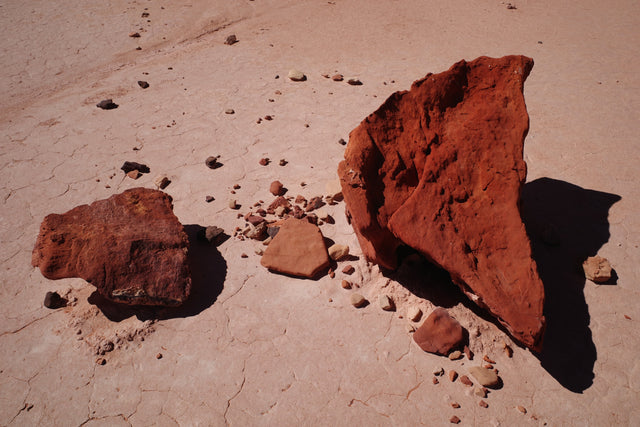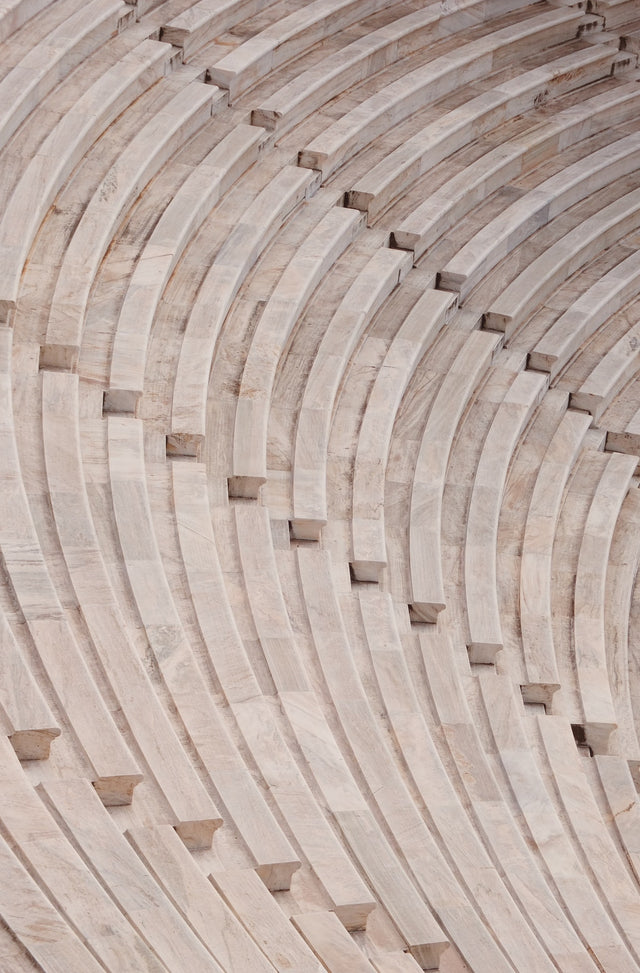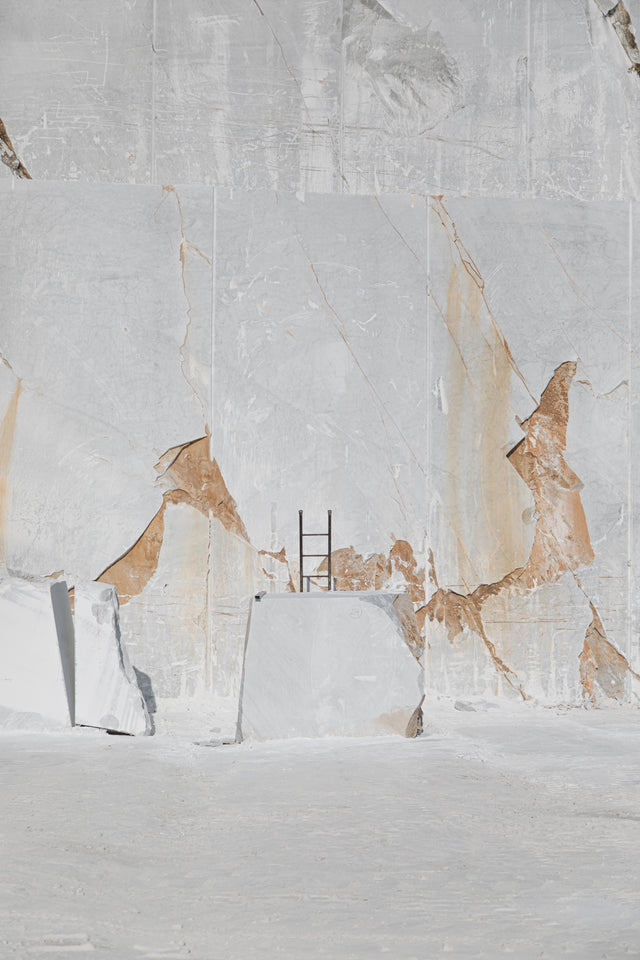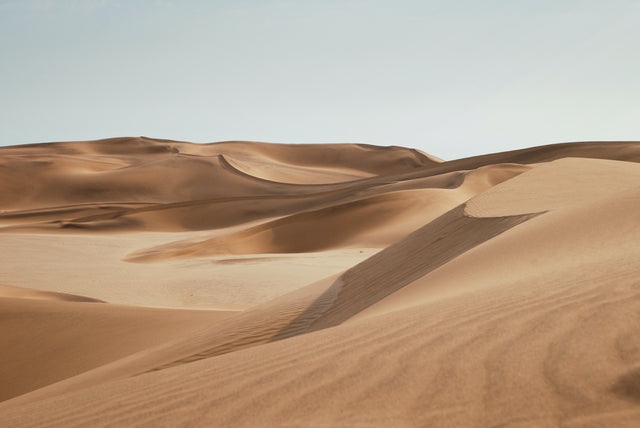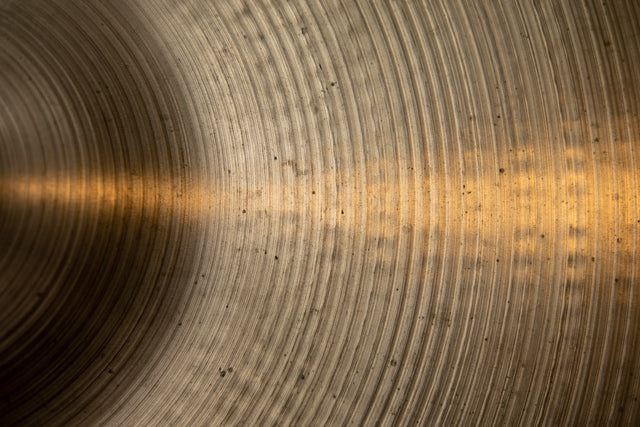Natural Materials
Elegance and versatility.
Ceramic
The word “ceramic” comes from the Greek word κεραμικός (keramikos), “of pottery” or “for pottery”, from κέραμος (keramos), “potter’s clay, tile, pottery.”
Ceramics are generally made by taking mixtures of clay, earthen elements, powders, and water and then shaping them into desired forms.
As practical materials, ceramics have a history almost as old as the human race.
Travertine stone - the biggest interior design trend.
Travertine
Travertine is a type of limestone formed in hot mineral springs. Similar to other softer stones, travertine is porous. Travertine has naturally occurring holes and troughs throughout the stone. These holes can be filled depending on the look you are going for, we have opted for the tumbled finish which is more rough and also to the touch.
Travertine has been the most popular building stone during the Roman Empire. It was used to build aqueducts, pillars, walls and floors; the Coliseum is built from travertine. Due to its highly porous characteristics, travertine stone is much lighter compared to marble; simultaneously its very durable and resistant to weather conditions and mechanical damage.
Luxurious and timeless.
Marble
The name marble derives from the Greek word “marmaros” and means “shining stone”.
It is developed from limestone which is a sedimentary rock. In its purest form, marble is white in colour due to less impurities, however when marble contains impurities such as clay minerals, iron oxides, or bituminous materials it can become blue-ish, grey, pink, yellow, or even black in colour. It's usually these deposits that cause spots and veining in the stone.
Every marble piece is unique and refined, you will enrich any space beautifully giving it that original touch thanks to the incredible shades and chromatic veins present in this amazing natural stone.
Warmth, depth and tone to your home.
Glass
Glass is 100% recyclable. It can also be recycled many times over. Recycled glass helps to reduce air pollution by 20%.
Glass can also exist in nature. It can be found inside volcanoes in the form of the natural stone Obsidian.
Glass may appear solid, but it’s an amorphous solid. If you were to look at the molecules of glass, you would see that they are in fact moving but at a very, very slow rate.
Our glass products are made using pre casted moulds then intricate details are usually finished off by hand; many are completely handmade which allows each and every one to be unique.
Brass is the interior design metal of the moment.
Brass
It is rumoured that brass was discovered accidentally. Zinc-rich ore happened to have been mixed with copper in a cast, as it solidified the resulting alloy was different in appearance and properties than usual; and so brass was discovered.
Essentially brass is made up of predominantly copper and zinc at roughly 70% (Cu) and 30% (Zn) however, small portions and trace elements of phosphorus, aluminium, manganese or silicon may be added in some production of brass depending on the desired application.
Anti Microbial Properties
We love using brass for many of our design as it has the ability as a non-ferrous metal to cause the oligodynamic effect. Brass is a preferred material for indoor use, the phenomenon happens when metal ions target and kill certain proteins in single celled organisms making it perfect the type of material for indoor spaces especially with higher traffic than usual; bacteria can be eliminated in minutes when in contact with the surface of these types of metals.

